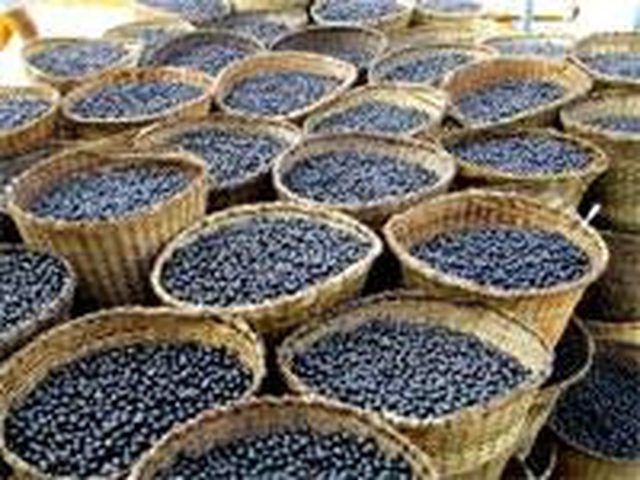Bulbs
Flower Basics
Flower Beds & Specialty Gardens
Flower Garden
Garden Furniture
Garden Gnomes
Garden Seeds
Garden Sheds
Garden Statues
Garden Tools & Supplies
Gardening Basics
Green & Organic
Groundcovers & Vines
Growing Annuals
Growing Basil
Growing Beans
Growing Berries
Growing Blueberries
Growing Cactus
Growing Corn
Growing Cotton
Growing Edibles
Growing Flowers
Growing Garlic
Growing Grapes
Growing Grass
Growing Herbs
Growing Jasmine
Growing Mint
Growing Mushrooms
Orchids
Growing Peanuts
Growing Perennials
Growing Plants
Growing Rosemary
Growing Roses
Growing Strawberries
Growing Sunflowers
Growing Thyme
Growing Tomatoes
Growing Tulips
Growing Vegetables
Herb Basics
Herb Garden
Indoor Growing
Landscaping Basics
Landscaping Patios
Landscaping Plants
Landscaping Shrubs
Landscaping Trees
Landscaping Walks & Pathways
Lawn Basics
Lawn Maintenance
Lawn Mowers
Lawn Ornaments
Lawn Planting
Lawn Tools
Outdoor Growing
Overall Landscape Planning
Pests, Weeds & Problems
Plant Basics
Rock Garden
Rose Garden
Shrubs
Soil
Specialty Gardens
Trees
Vegetable Garden
Yard Maintenance
How to Grow Acai Berries
How to Grow Acai Berries. Acai (pronounced "ah-sigh-ee") berries are the latest go-to super food. A product of the Amazon Rainforest, Acai berries are touted for their antioxidant properties. With growing interest in Acai benefits, interest in growing the berries is burgeoning as well. Anyone can grow Acai trees in the right conditions.
Acai (pronounced "ah-sigh-ee") berries are the latest go-to super food. A product of the Amazon Rainforest, Acai berries are touted for their antioxidant properties. With growing interest in Acai benefits, interest in growing the berries is burgeoning as well. Anyone can grow Acai trees in the right conditions.
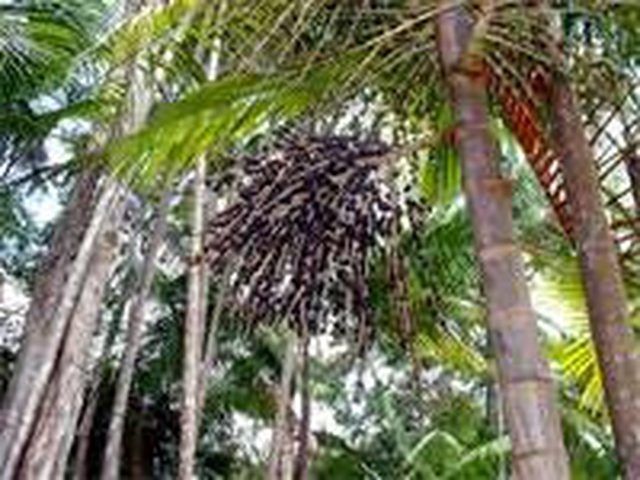
Things You'll Need
Acai seeds or plants
Nutrient-rich soil
Step 1
Determine weather the climate in your region meets Acai tree needs. Acai tress grow in the lush rainforests of Central and South America. If you live in a region that experiences frost, you will need to grow your Acai tree in a greenhouse. Optimum temperatures should not dip below 50 degrees Fahrenheit.
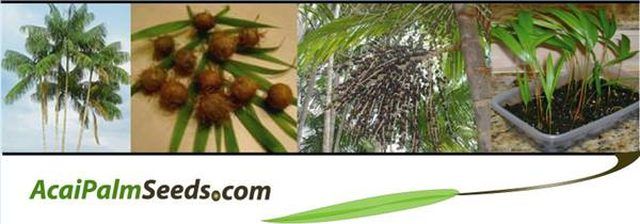
Step 2
Germinate Acai seeds, which can be purchased from Fair Trade growers. When the Acai seeds arrive, soak in warm water for a day or two. Germinate the seeds in wet soil, maintaining a warm temperatures. Cover the sprouts to promote and maintain humidity and warmth. If you're germinating indoors, provide necessary heat with a heat lamp or even a household desk lamp. Red spikes appear in about two weeks. As the weeks progress, leaves will appear. You should have a 90 to 95 percent germination rate in the right conditions.
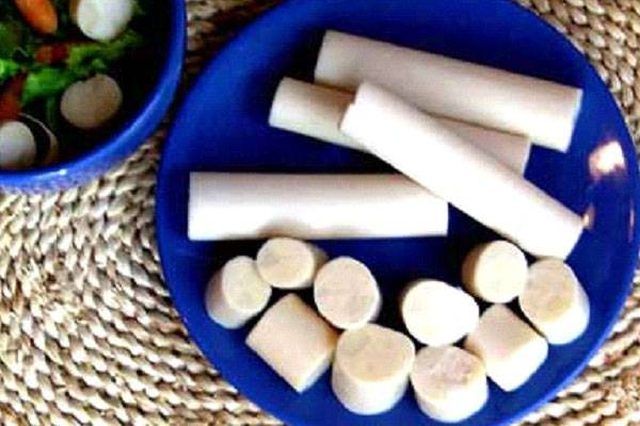
Step 3
Plant post-infancy palms in pots, outside or in a greenhouse. Forest floor plants, Acai palms require low light conditions and wet, swamp-like conditions. Frequently water palms that are planted in the ground.
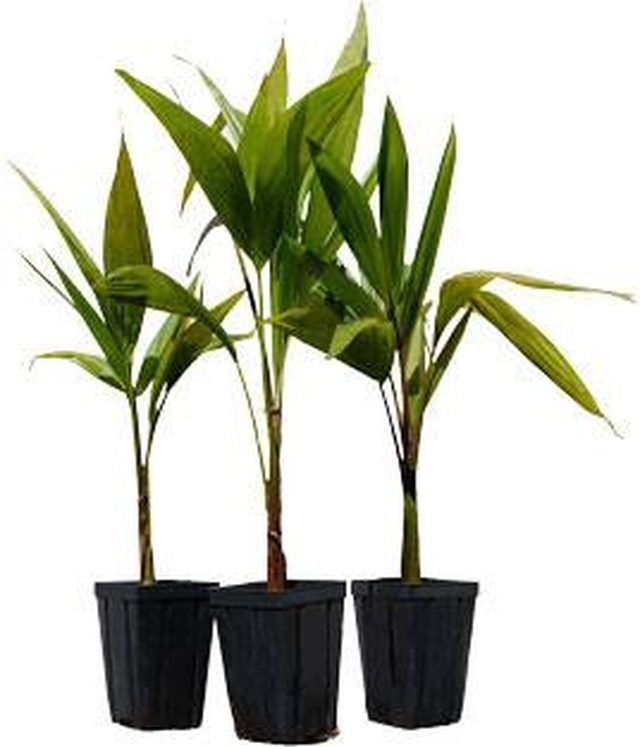
Step 4
Use compost material to fertilize the Acai tree. Rich in nutrients, compost gives Acai palms the type of nutrients indigenous to the rainforest. Wrap trees in frost cloth if growing outside in areas such as the southern-most area of Florida or along the Gulf of Mexico. Acai palms flourish in tropical regions and care is not as intensive as when grown indoors or in greenhouses.
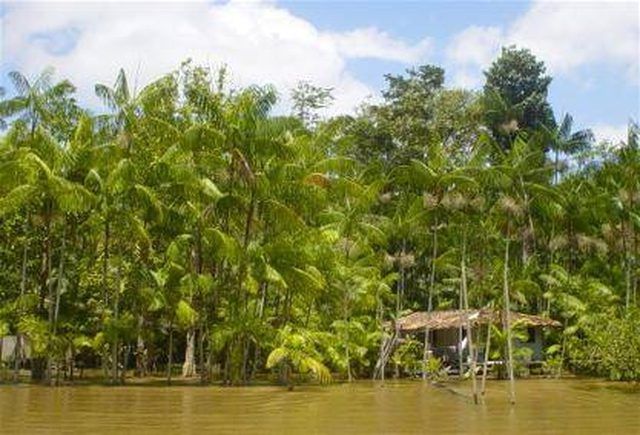
Step 5
Harvest Acai berries after about four years, if grown in tropical conditions. Harvesting in these conditions can take place year-round. In sub-tropical regions, harvest Acai berries mainly in the Fall.
